World Food Day 2024: “The Right to Food for a Better Life and Future”
October 16, 2024 is the celebration of World Food Day, an annual event promoted by the FAO to raise public awareness onimportance of global nutrition and the problems related to hunger and food security. This year's theme, “Right to food for a better life and future“, puts a focus on fundamental human right: access to safe, healthy and sufficient food for all. In a world where the economic and climate crisis are worsening the food inequalities, this theme is particularly relevant.
According to FAO data, 733 million people in the world do not have access to safe and adequate food. The situation is further complicated by climate changes, which compromise natural resources and agricultural cycles, making it urgent the adoption of innovative solutions to ensure food for all. In this context, thedigital agriculture represents one of the most promising strategies to address these challenges and make theto more resilient, efficient and sustainable food production.
Digital Agriculture: A Response to the Challenges of the Modern Era
L'traditional agriculture, although essential to the livelihood of millions of people, is severely limited from theinefficiency in the management of natural resources, from theimpact of climate change and from the water scarcity. L'agriculture 4.0 is the answer to many of these problems, thanks to the use of technological tools advanced such as sensors, drones, satellite data and artificial intelligence. These tools allow farmers to make decisions based on real data, optimizing crop yield And reducing waste of resources such as water and fertilizers.
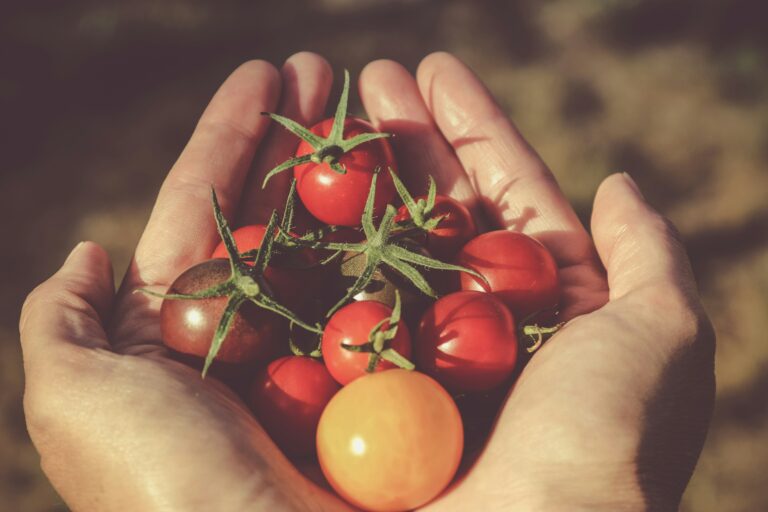
Using satellites for more efficient agriculture
A concrete example of digital agriculture is the use of satellite data For monitor and manage agricultural land in real time. Through satellite data, it is possible collect accurate information on soil conditions, humidity, temperature and plant health. In this way, farmers can intervene promptly, improving production And reducing risks linked to extreme weather events, such as droughts or floods.
The use of the satellite data It is also essential for monitor water resources and the water consumption in the fields. Thanks to this data, it is possible to calculate exactly how much water each area needs, avoiding unnecessary irrigation and drastically reducing waste. TETHYS has developed a technology that uses satellites to monitor fields without the need to install sensors. This allows you to save resources, optimize costs and improve performance, ensuring efficient irrigation even in difficult contexts.
Precision agriculture based on satellite data also allows for identify and prevent possible crop diseases or infestations, reducing the use of pesticides and promoting more sustainable food production. These solutions not only improve agricultural efficiency, but help ensure the food safety, especially in regions where water resources and fertile soils are limited.
Climate crisis and food inequality: how digital agriculture can make a difference
The theme of the World Food Day 2024 draws attention to a critical aspect of our time: worsening food inequalities. In a world where millions of people suffer from hunger, while others have an excess of resources, it is essential to find solutions that ensure equitable access to food. Digital agriculture offers a concrete answer to these challenges.
The climate crisis has a direct impact on the productive capacities of the agricultural sector, making some areas of the world particularly vulnerable to food scarcity. In regions experiencing prolonged drought or irregular rainfall, precision agriculture can optimize water use And improve land productivity, contributing to reduce dependence on food imports and ensure a greater self-sufficiency.
Furthermore, thanks to the digitalisation of agriculture, it is possible reduce technological barriers for smaller farmers, providing them access to tools that were once reserved for large companies. This is essential for reduce inequalities between small producers and large operators, ensuring that Also the most vulnerable rural communities can benefit from technological advances and contribute to global food production.

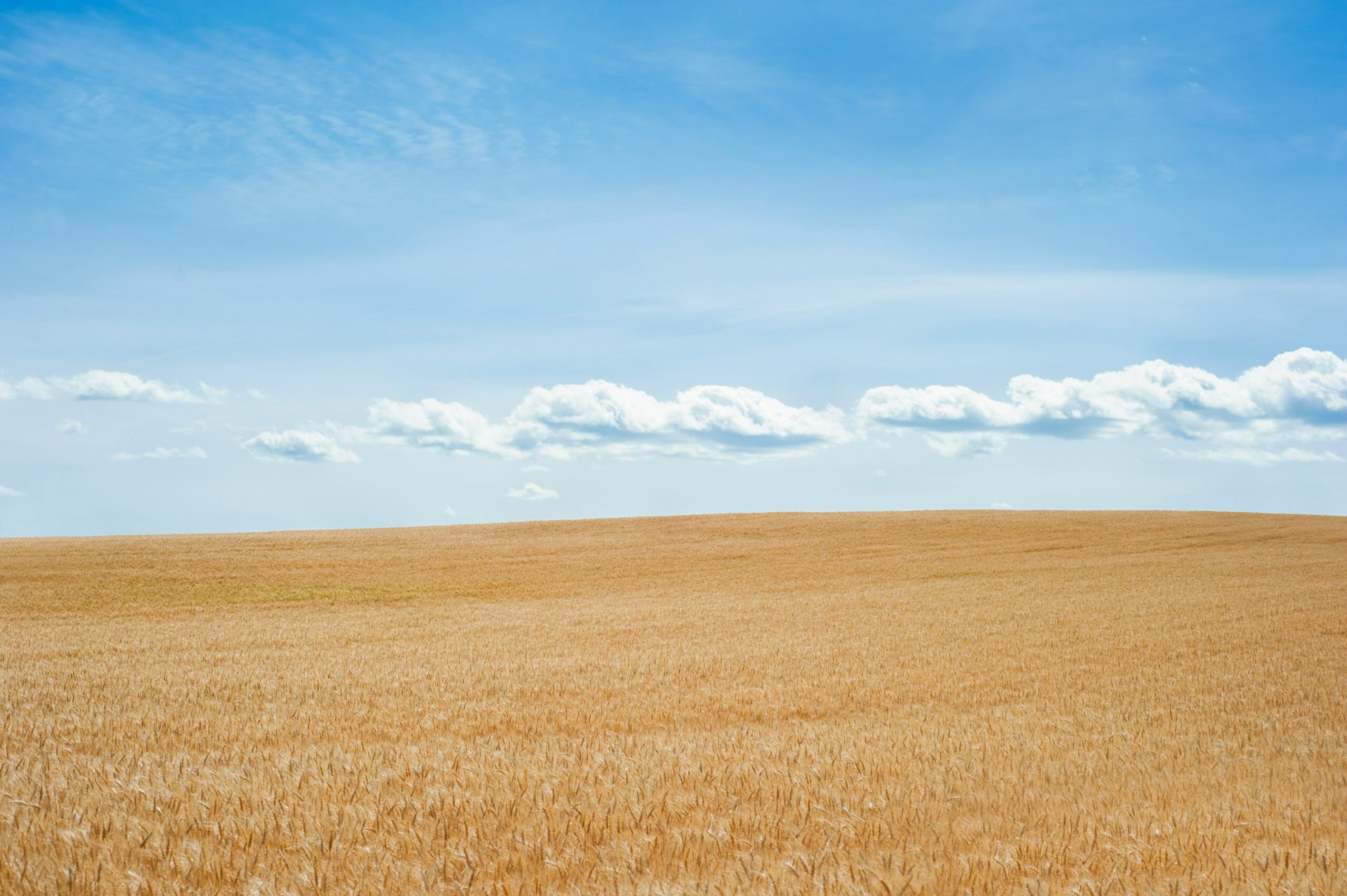


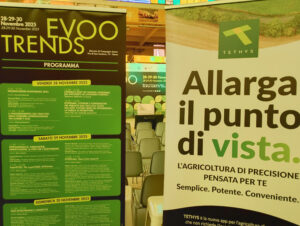
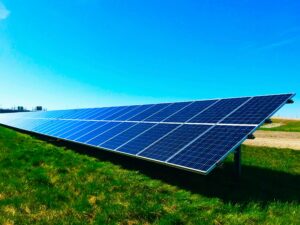
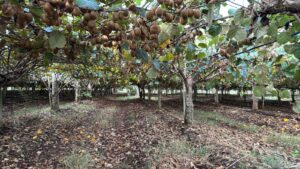
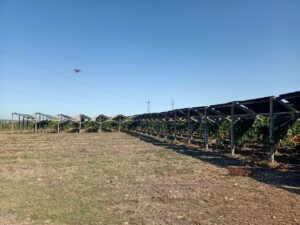
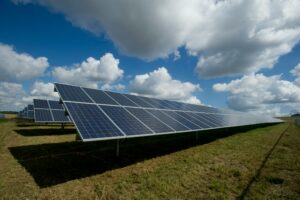

Add comment
You must be logged in to post a comment.